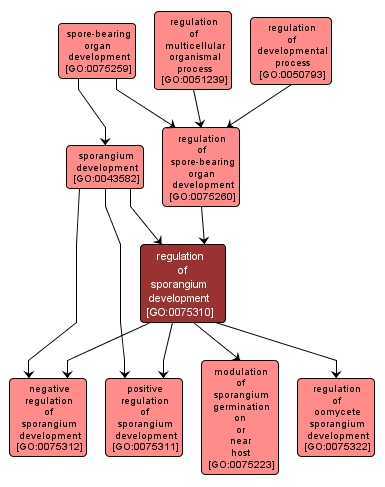| Desc: |
Any process that modulates the frequency, rate or extent of sporangium development, a process that leads to the formation of sporangium, a single-celled or many-celled structure in which spores are produced, as in fungi, algae, mosses, and ferns, gymnosperms, angiosperms. |














